By Isabella Maua
“I’d rather get pregnant twice a year than miss school for good,” this statement sounds awkward but sadly happens to be the reality of some girls in Bungoma County in Western Kenya.
Bungoma County happens to be one of the most affected regions in the country not only in matters teenage pregnancies but also gender based violence and triple threat.
With an estimated age of 17 years for sex debut in the region, school aged girls remain the most vulnerable lot in all aspects of it.
According to Kenya Demographic HS, teenage pregnancy rate was at 14% in 2014, while Performance Monitoring for Action in 2019 depicted a downward traction at 12%.
There is nothing good to write home about since there has been a tremendous increase from 17% teenage pregnancy rate in 2020 to 19% in 2024 according to Kenya National Bureau of Statistics.
By looking at the disturbing statistics, it is parents, teachers or health stakeholders who have failed our girls and are bound to reap what they sow by bringing up an illiterate and frustrated generation where women lack self awareness, knowledge empowerment and empowerment.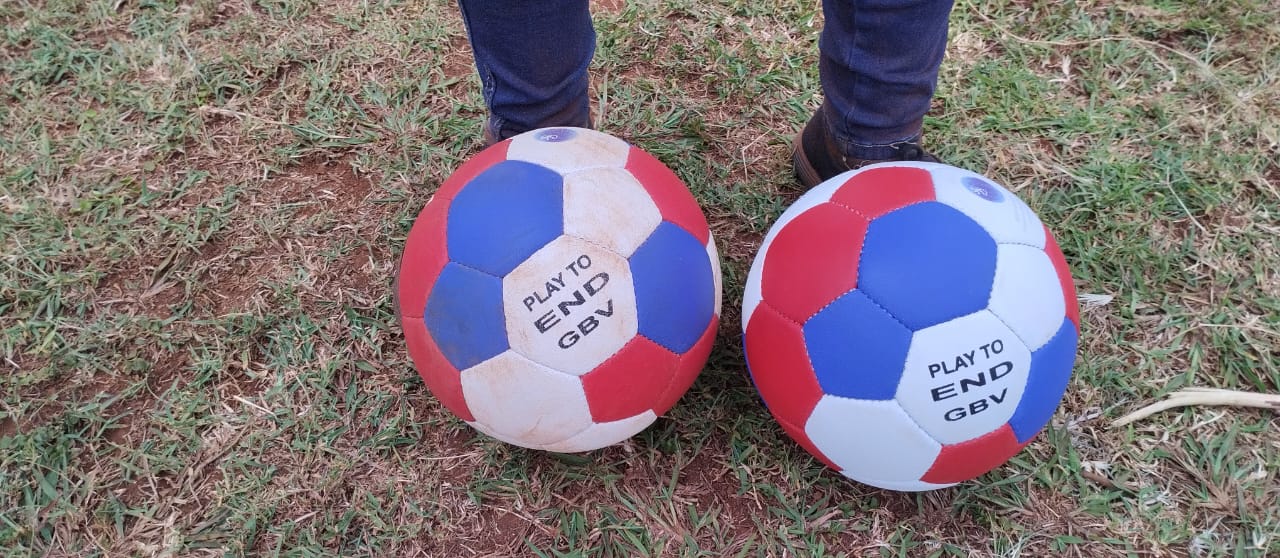
But maybe, why the alarming figures? Research show that teenage pregnancies and in adverse cases, early marriages are catalyzed by limited or lack of knowledge menstrual health and hygiene.
According to Dr. Barasa Chauni of Kibabii University, Research and Innovation department, menstrual hygiene is a key factor in the performance of girls and women even at higher learning institutions.
“We have a project currently in Kenya, Tanzania and Zambia where we strengthen performance of female students in Mathematics, however, we realized that lack of menstrual health knowledge is a hindrance to their studies regardless of their age,” divulged Dr. Chauni.
It however, becomes difficult to train a girl on menstrual hygiene whereas she cannot even afford a sanitary towel.
Many girls in rural and underserved urban areas in Kenya struggle to access affordable and reliable menstrual products hence end up using alternative products like newspapers, leaves, pieces of mattress and rags which needless to say may cause infections.
Janet Khisa, Bungoma County gender based violence coordinator observes that some girls choose pregnancy as a method to escape buying sanitary towels since they cannot afford any.
She sniffs in and blinks her eyes to stop tears from rolling as she nostalgically explains how a girl confessed to aborting twice a year so that she could not drop out of school.
“In some of our routine school visits, some girls revealed that they conceived and aborted the pregnancy at around four months so that they can continue with their studies quite uninterrupted,” recounted Khisa.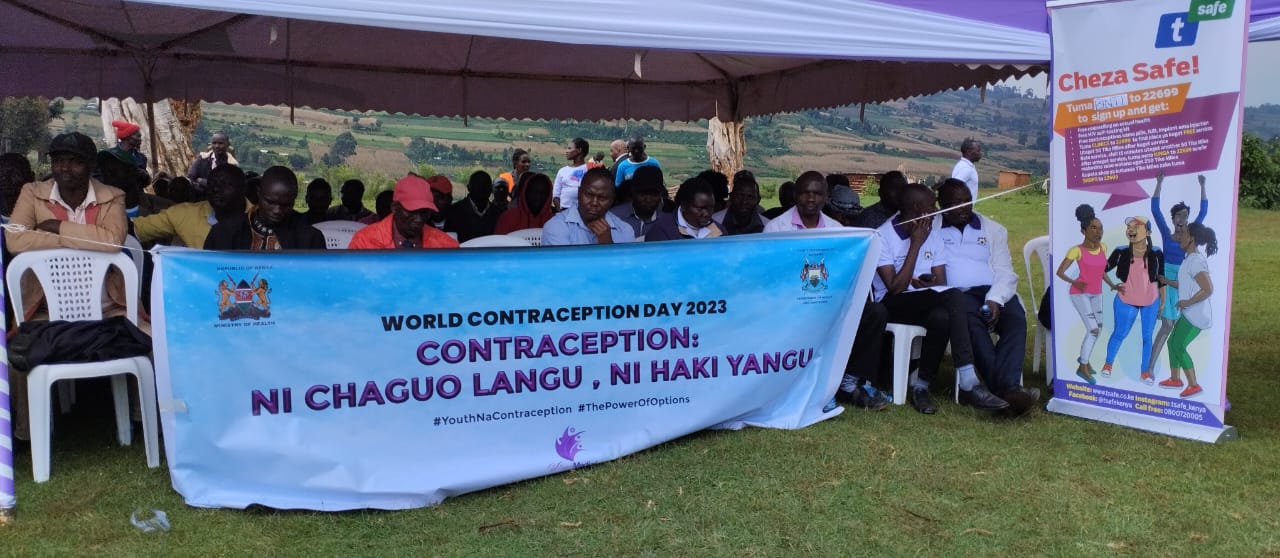
Maria, not her real name is a Form Three student at a day school in one of the remote areas in Bungoma County and she divulges how she could trade her soul for her to acquire education and change the narrative of poverty in her family history.
She narrates how her sister left their home at barely the age of thirteen to get married off to an older man since her parents could not afford to retrain her at school a whole term.
“My elder sister could miss school at least thrice a week during her menses and the daunting reality is that my parents could not and still can’t afford to buy pads for us,” she said emotionally.
As much as it is disheartening, Maria’s situation is no different from her sister’s but she chooses to look at her situation in a different angle.
“I had to leave home to go and leave with a relative where I could at least get decent meal, sanitary towels and some support for my education, I know not many are as lucky as I am but I wish teachers and well wishers could also assist students like me,” Maria beseeched.
It may sound hopeful that Maria is now sheltered at a relative’s home and though she may struggle a bit, she’s at least pursuing her education as she’d yearn to.
What we don’t see is the pain many girls like her have gone through in the hands of those they sought refuge from but later turned out as wolves in sheep skin.
Ann, a woman in her 20’s is from Mt Elgon, a sub county that stands at the boundary of Uganda and Kenya to the West.
Though she cannot disguise the naivety in her eyes, she strives to wear a tough face as she explains how she was defiled by her maternal uncle after she ran to his home to seek refuge and at least continue with her education since his family was well off.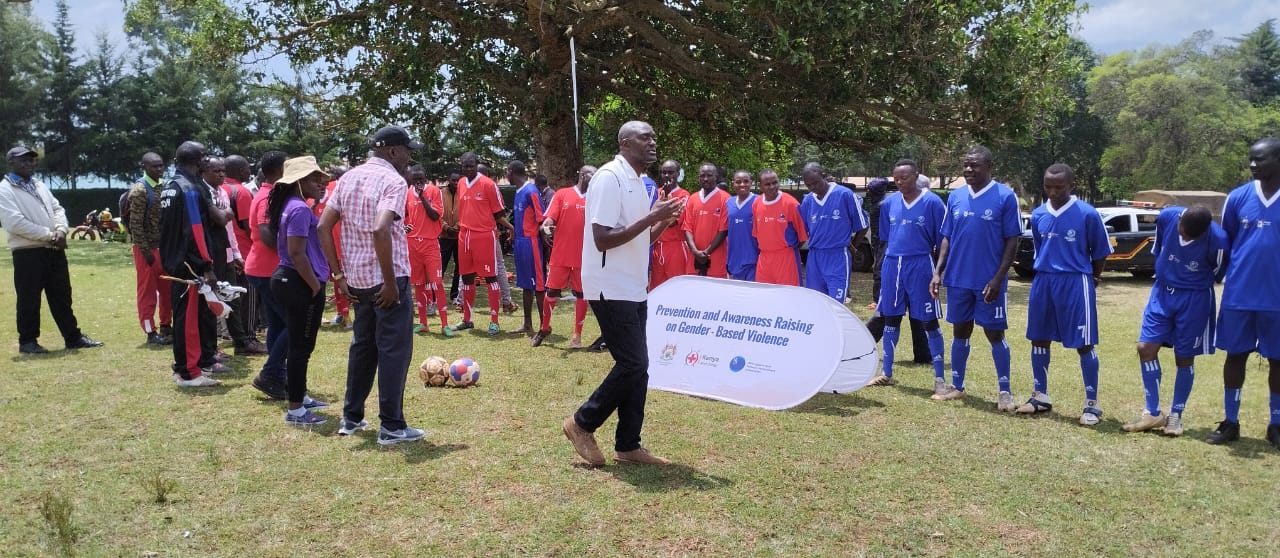
“Not that my uncle was that rich but at least he was not poor like us, we were displaced during the 2007 clashes in Mt Elgon and our family became refugees in neighboring sub counties, we were actually scattered,” she recounts with wracking pain.
Ann’s chest heaved with each sob as tears streamed down her chubby cheeks relentlessly, she could not hold the thought that her uncle made her childless for life!
“He could come to my room almost every night and defile me as he warned me sternly of what could happen if I disclosed the matter to any living soul,” Ann narrated burying her face in her hands.
By the time her teachers were realizing there was something wrong with her, she was rushed to the hospital but the sad news was that she could never conceive normally.
“I decided to leave the matter to God, ran away and started doing small businesses to sustain my life since I knew pretty well that no man especially from my community would ever think of marrying a barren woman let alone one who was defiled by her uncle.
She blames all her predicament to poverty pointing out that many girls have suffered because of lack of menstrual health education and even where knowledge was present, they still could not afford a sanitary pad.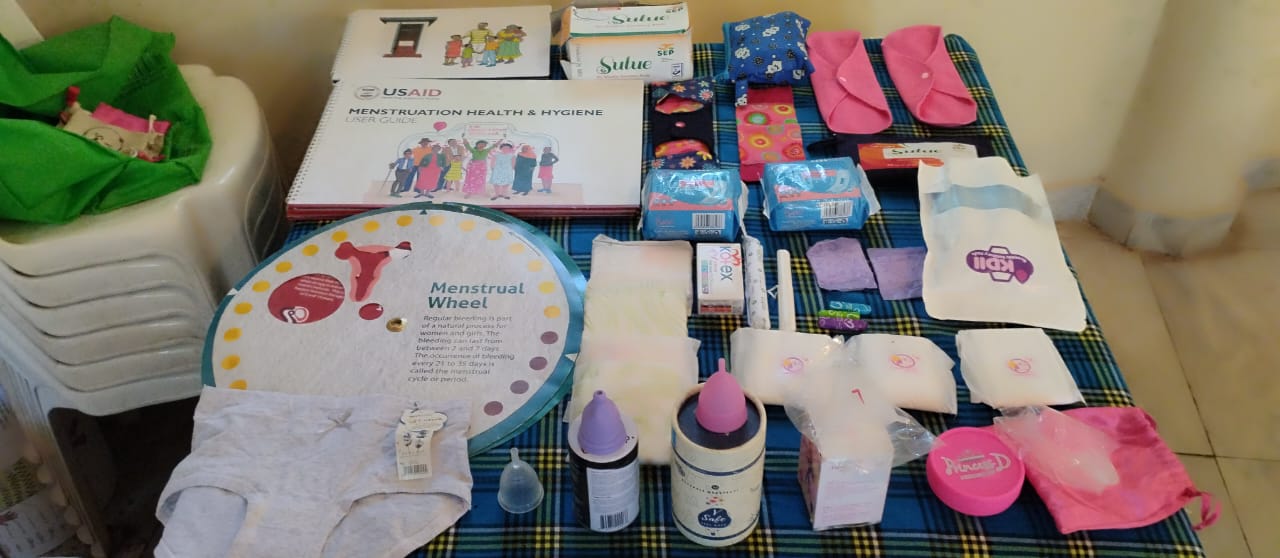
“I have three friends I know of who aborted their four-to-five-month pregnancies not as a hobby but as a measure to keep them at school, two of them have never conceived to date and the other one we lost touch,” Ann expounded.
Though Kenya has made progress in reducing the national prevalence of teenage pregnancy, wide disparities exist as informed by education levels, geographic location and wealth among the population.
Adolescent birth rate according to Kenya Demographic and Health Survey 2022 declined from 96/1000 in 2014 to 73/1000 in 2022.
By 2024, data indicates that at least one in every teenage girl between ages 15 to 19 has either had a live birth or is currently pregnant.
With poverty and lack of education being associated with higher rates regional disparities stand out evidently for example counties like Samburu had highest prevalence at 50%,West Pokot at 36%,Baringo at 20% and Bungoma at 19%.
Stakeholders in the health sector, education department, media fraternity and the government should take a bold step to change the narrative of young girls who remain vulnerable in society to save the current and future generation through menstrual health campaigns and also ensuring availability of sanitary towels.


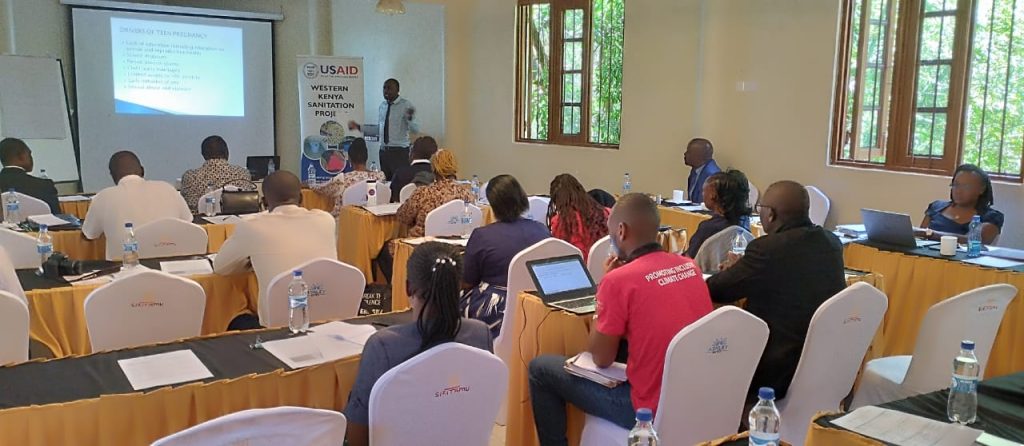
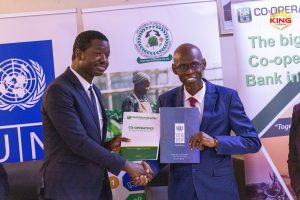



More Stories
Co-op Bank, UNDP Seal Partnership to Enhance Rural Lending Programs
Pwani Oil Backs Nandi Cancer Survivor Elias Kurgat
XPRIZE, Equity Group Launch Accelerate Learning Prize at G20 Social Summit